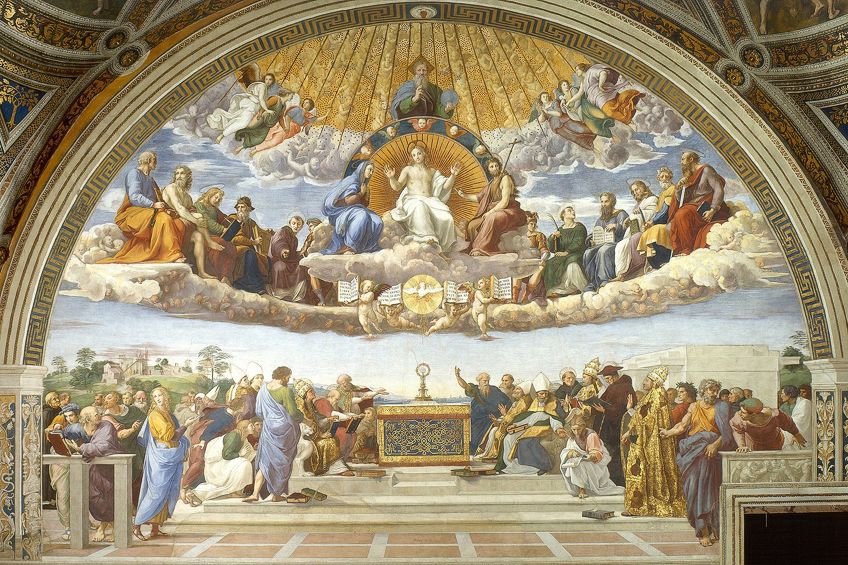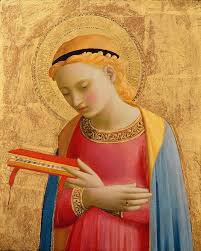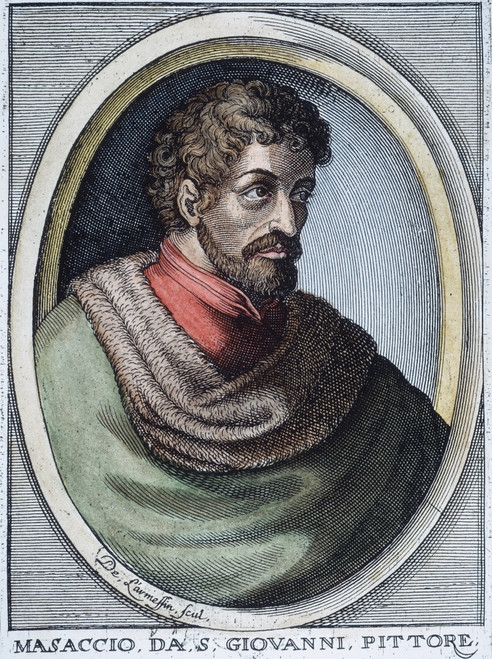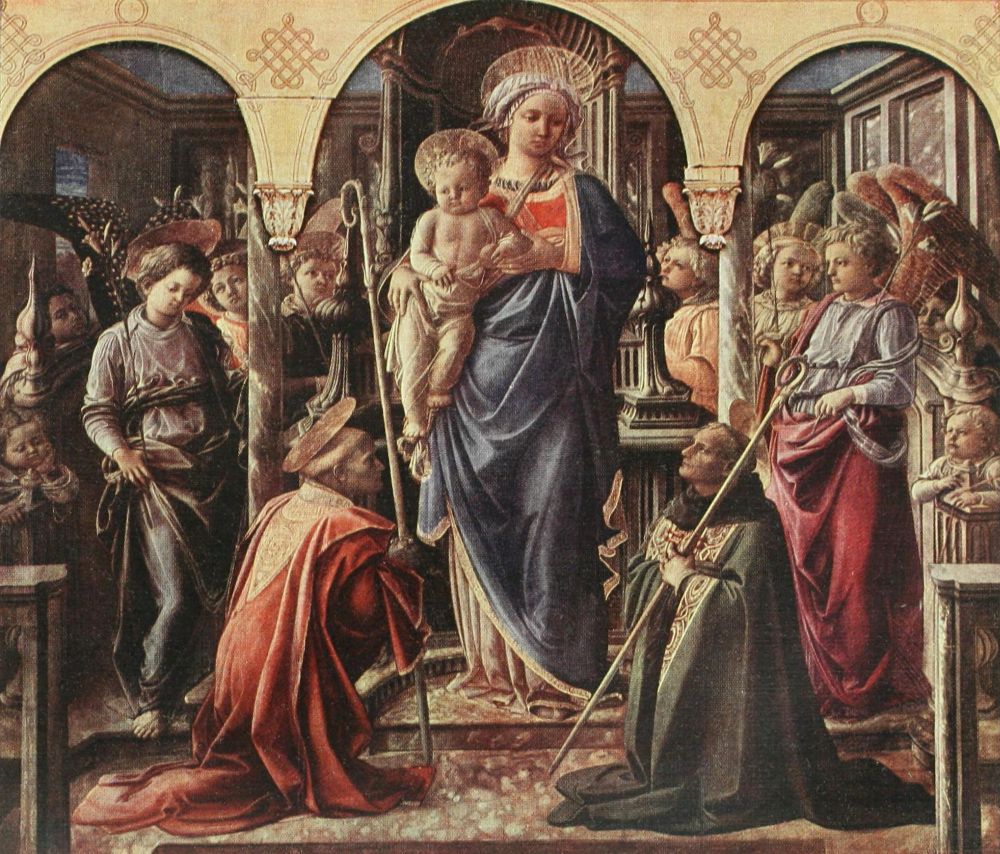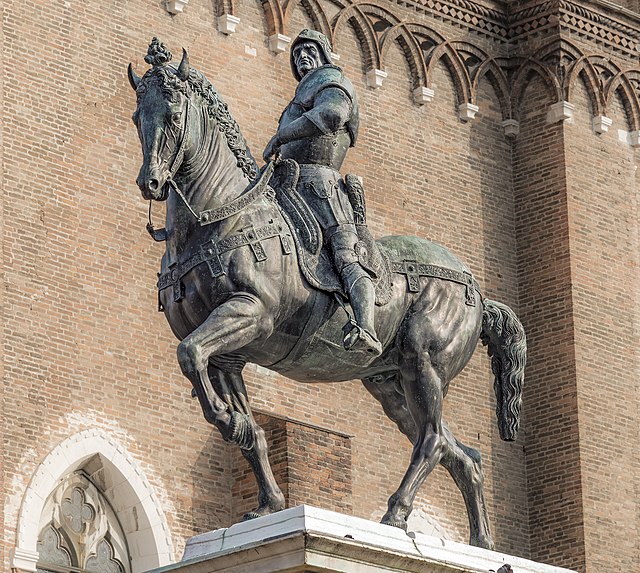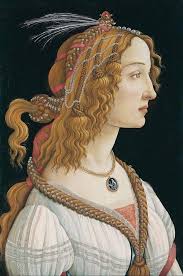Titian
Venetian painter
Tiziano Vecellio, or Titian, was an Italian painter regarded as the greatest of the 16th-century Venetian school. His reputation rests not only on his extensive canvases but also on his extraordinarily refined and sensuous portrayals of mythological, religious, and historical subjects. He had a style so personal that it has been called "Venetian."
Bellini's follower
Tiziano Vecellio was born in Pieve di Cadore, near Belluno. His father was probably an artist who specialized in landscape painting, and young Titian may have been an apprentice to Jacopo Bellini, a rather famous painter in Venice. Once he turned 21, he owned a studio of his own and became a respected painter.
A fan of large canvases
Titian started painting portraits at a young age and by his early 20s, had already painted several masterpieces. By the time he was 40, he had created a dazzling collection of paintings. Many of his works, including Gloria of Venice and The Sacrifice of Isaac, were life-sized, making him one of the first artists to paint large canvases. His works are extensive, including altarpieces, frescoes in small and monumental formats, and many ambitious mythological and allegorical paintings.
Venus with a Mirror
Titian's mythological paintings are also highly erotic; many of them are based on the tales from Ovid's Metamorphoses, a collection of around 250 stories about love and transformation. Venus with a Mirror is among the most famous Renaissance nudes. It shows the goddess Venus looking at herself in a mirror held up by the winged goddess of love, Cupid. She is often described as looking at her own nudity, but some writers have suggested that she is looking at her reflection in a pool of water. The painting was probably painted for Philip II of Spain or his son Don Carlos.
